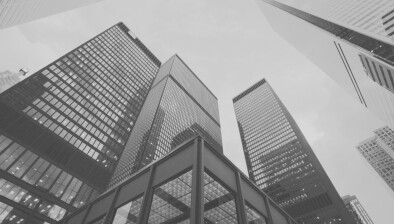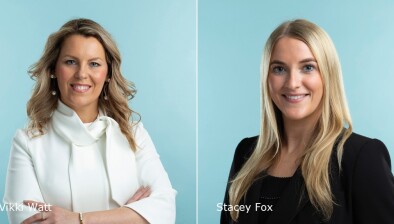Roddy Morrison: Aberdeen’s legacy buildings – the key to meeting modern sustainability demands

Roddy Morrison
Aberdeen can meet its net zero goals by refurbishing, not rebuilding, argues Roddy Morrison of CBRE Scotland.
As companies sharpen their focus on meeting net zero targets, the demand for energy-efficient, Grade A office space continues to surge.
This is especially relevant in Aberdeen, where a unique set of challenges and opportunities have emerged in the wake of the city’s transition from oil and gas dominance to a more diversified, sustainable energy economy.
At the heart of this shift lies a powerful yet often overlooked truth: the most sustainable buildings are those already built.
New developments are often viewed as the solution for meeting sustainability criteria, but constructing new buildings comes at a significant environmental cost, particularly when considering embodied carbon.
Buildings generally account for 39% of carbon emissions with 11% of that coming from building materials and the construction process. Opting to reuse and refurbish existing buildings allows us to minimise carbon emissions and costs, aligning sustainability targets with practical delivery.
Aberdeen presents a clear illustration of the issue. Of the city’s industrial and office stock, only a limited number of buildings are classified as Grade A, accounting for just 115,000 sq ft, while those graded B or C represent the bulk of the market, comprising over 3 million sq ft. The imbalance speaks for itself.
A significant portion of Aberdeen’s commercial footprint was developed during the city’s peak oil and gas years and so as the sector has evolved, many buildings have been left vacant and no longer fit for their original purpose. They are however, far from obsolete, and with the right approach, these legacy assets can be upgraded and repositioned to meet the expectations of modern occupiers.
Refurbishment doesn’t just reduce embodied carbon and construction waste; it also opens up high-quality space more quickly and cost-effectively than new build alternatives. Increasingly, forward-thinking occupiers are actively seeking sustainable, ready-to-use buildings rather than taking on the environmental and financial cost of a full new fit-out. GB Energy is one such example. As the public body takes shape, it is exploring options that align with its sustainability goals.
One example of this in action is the transformation of two industrial units on Souter Head Road in Altens, Aberdeen, owned by EPIC Alva 1 Ltd.
Originally constructed in the 1980s with an Energy Performance Certificate (EPC) G rating, the buildings were no longer meeting market expectations or current energy efficiency regulations. Through a full refurbishment, including new electric heating systems, upgraded cladding, insulated roofing, and electric vehicle (EV) charging points, Turner & Townsend managed the project to help bring both units up to an EPC A rating, outperforming many modern equivalents and exceeding the minimum required for compliance.
Supported by grant funding from the Energy Transition Zone (ETZ Ltd), the project embraced circular economy principles, prioritising material reuse and waste reduction. Completed in just four months, the refurbishment quickly attracted a long-term tenant, highlighting the clear demand for high-quality, sustainable industrial space that doesn’t rely on new construction.
To fully capitalise on this opportunity, a strategic and collaborative approach is required. Data will play a crucial role in identifying viable properties for refurbishment and enabling property owners to see the value in upgrading rather than rebuilding.
By creating a detailed database of candidate properties, coupled with fast-track viability assessments, we can accelerate the shift toward reuse and help ensure that Aberdeen’s existing building stock is fit for the next phase of the city’s development.
As sustainability becomes an imperative rather than a preference, rethinking how we treat our existing buildings is no longer optional. The lower carbon impact, economic advantages, and market demand all point to a clear path forward.
In Aberdeen, the legacy of the oil and gas industry should not be remembered for the widespread demolition of outdated buildings. Instead, it should demonstrate that, with sound governance, the future of sustainable real estate lies not solely in new construction, but in the innovative reuse of what we already have.
- Roddy Morrison is senior director for UK project management and building consultancy at CBRE Scotland















